In August 1939, Clare Hollingworth, a 28-year-old aid-worker, had been employed as a reporter for less than a week by the Daily Telegraph when she landed her first serious journalistic coup. Using feminine wiles and diplomatic skills extraordinaire, she convinced a friend in the Foreign Office to lend her his chauffeured car. Stocking up with supplies in soon to be starving Poland, and charming the border guards, she crossed into Germany with nothing but her gut instinct and her smarts — the most important of a reporter’s tools (together with ‘ratlike cunning, a plausible manner and a little literary ability’, in the words of the late Nicholas Tomalin).
She didn’t disappoint her editors. Her first story was a splash — ‘1,000 tanks massed on Polish border’ — and she described battalions ready to be deployed at a ‘swift stroke’. Hurriedly, she filed her copy and scurried back to Poland, spending the next few weeks as a eyewitness to the start of the war. She carried her typewriter with her
everywhere.
Patrick Garrett, Hollingworth’s great- nephew, discovered her papers in his parents’ home, prompting him to write this moving tribute. Which is lucky for us, because Hollingworth, now aged 105, has never been lauded in the way her colleague Martha Gellhorn was, whose life was perhaps more bling. The St Louis beauty wore handmade Belgian shoes to the front line and married Hemingway; but Hollingworth was a reporter’s reporter — the real thing.
Over the decades, she stayed close to the action, covering Algeria, Vietnam, China’s Cultural Revolution, and the unravelling of Kim Philby; and she interviewed the Shah of Iran. She was always, in the words of John Simpson, her BBC colleague, ‘in the right place at the right time’. But she insists she was not an adrenalin junkie. It was more about ‘playing a slightly uncertain game… unsure of which way it would go’. She liked ‘being in a plane about to bomb something, or being on the ground in the desert when they’re advancing’. Reading her biography made me mourn those glory days of journalism before I was born.
But the book is also a tribute to all the great women who’ve made it possible for today’s female reporters to work in conflict zones. While covering the Bosnian war, I came across a few of Hollingworth’s lively colleagues, first spotting the Daily Mail’s Ann Leslie at a Bosnian-Serb checkpoint, wearing a full-length mink coat. She stared with disdain at my combat boots and bulky down coat and advised me to dress better. ‘Shake your bangles at the soldiers,’ she said. ‘It doesn’t do any harm for them to think you’re a birdbrain.’ Dessa Trevisan, who reported the Cold War for the Times, was another friend of Hollingworth’s. She used to drive an Alfa Romeo across Europe with her Afghan hound, Farouz, beside her on the passenger seat.
Patrick Garrett has also found people whose lives his great-aunt saved when they were being hunted down by the Nazis, including family members of the former US secretary of state Madeleine Albright. Before becoming a reporter, Hollingworth worked for a charity organising visas for Jews fleeing persecution. While working for the Telegraph she continued to do everything in her power to save innocent lives.
Female war reporters find it hard to settle into domesticity, and Hollingworth was no exception. She married twice — and had a stepdaughter — but journalism remained her life. It was the fuel that kept her speeding ahead; one imagines she would have died of boredom being a banker’s wife in Notting Hill. But I’d have liked to know more about her personal life, and about the heartbreak that comes with trying to make a living outside of tradition.
While in her nineties, she started to have trouble with her eyesight, but she was still busy, still drinking bottled beer for breakfast and lunching at the renowned Foreign Correspondents’ Club in Hong Kong. There she met Ted Thomas, a writer who managed to take control of her money and empty her bank account, despite her canniness and sharp instincts. Last year, Thomas still owed Hollingworth £120,000, but the case — being heard in Hong Kong — ‘has not been brought to conclusion’, according to Garrett.
Hollingworth is still resident in Hong Kong, with two live-in companions, ‘inordinately proud to be British, though so much had changed since the glory days’. And she still, apparently, keeps her shoes by her bedside, ready to spring into action if she has to leave on assignment in a hurry
The post Arms and the woman appeared first on The Spectator.
Got something to add? Join the discussion and comment below.
Get 10 issues for just $10
Subscribe to The Spectator Australia today for the next 10 magazine issues, plus full online access, for just $10.
You might disagree with half of it, but you’ll enjoy reading all of it. Try your first month for free, then just $2 a week for the remainder of your first year.

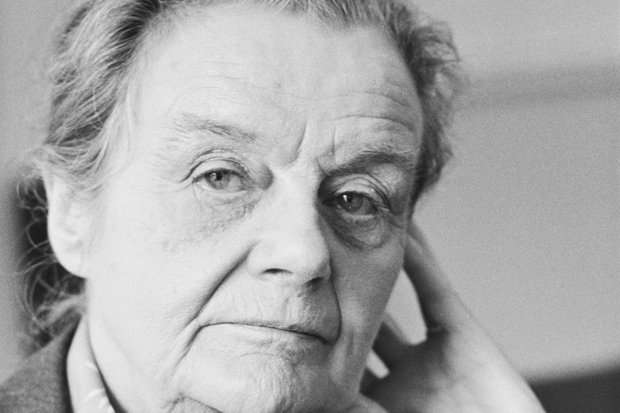
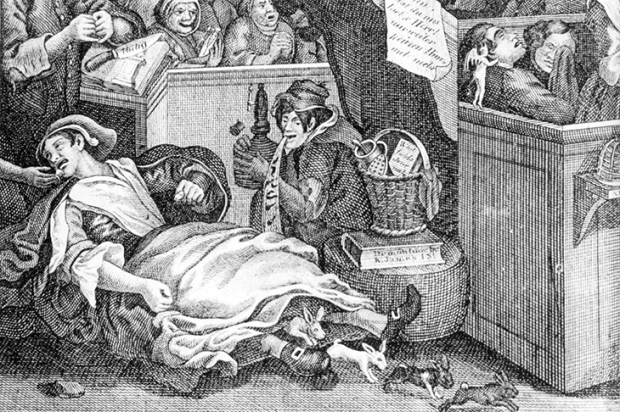
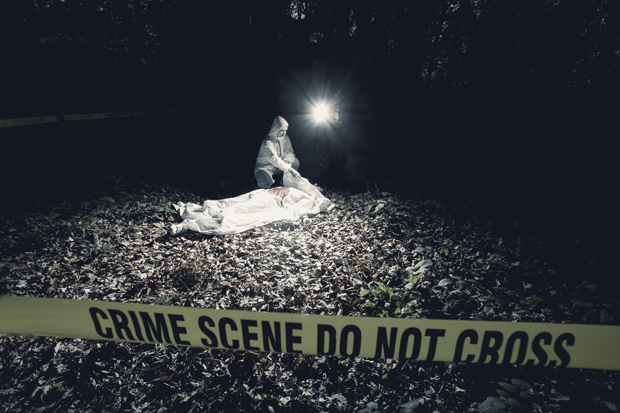
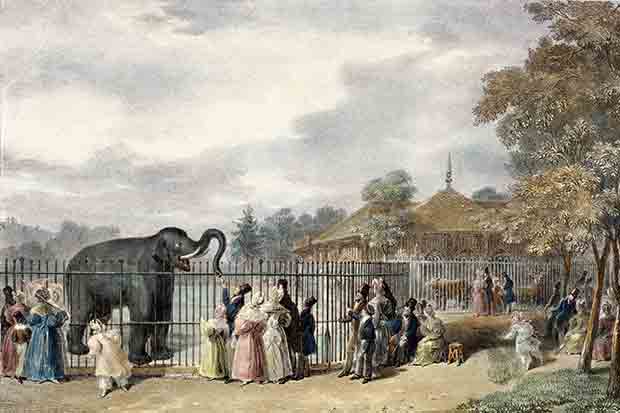
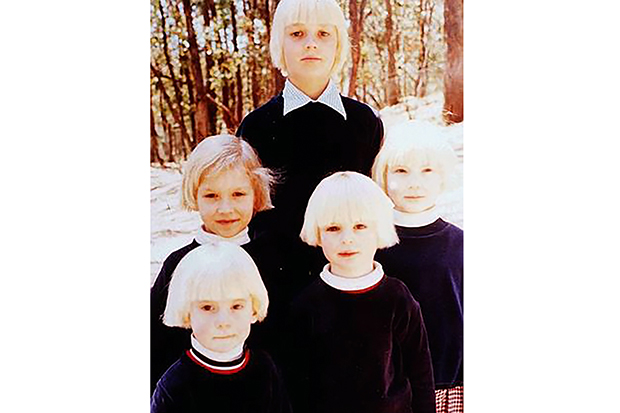
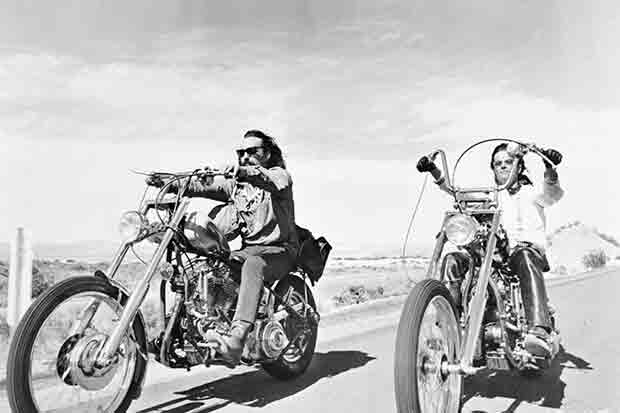







Comments
Don't miss out
Join the conversation with other Spectator Australia readers. Subscribe to leave a comment.
SUBSCRIBEAlready a subscriber? Log in